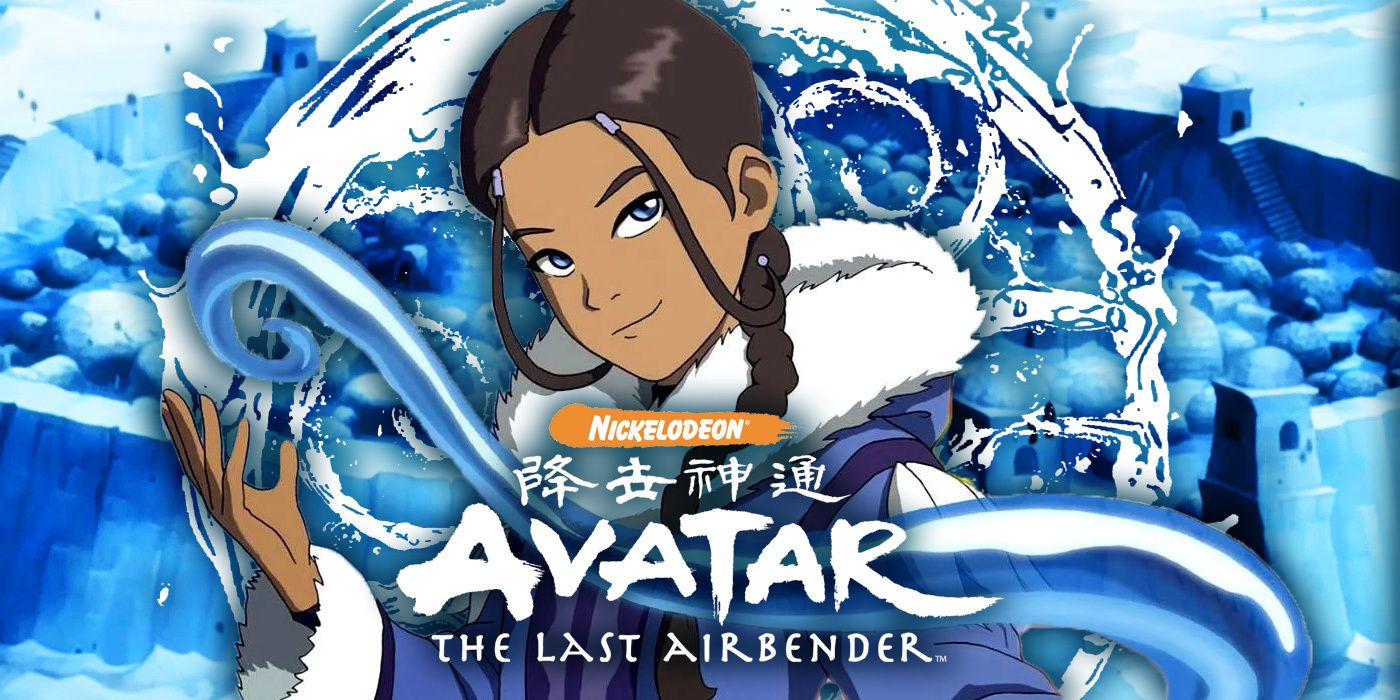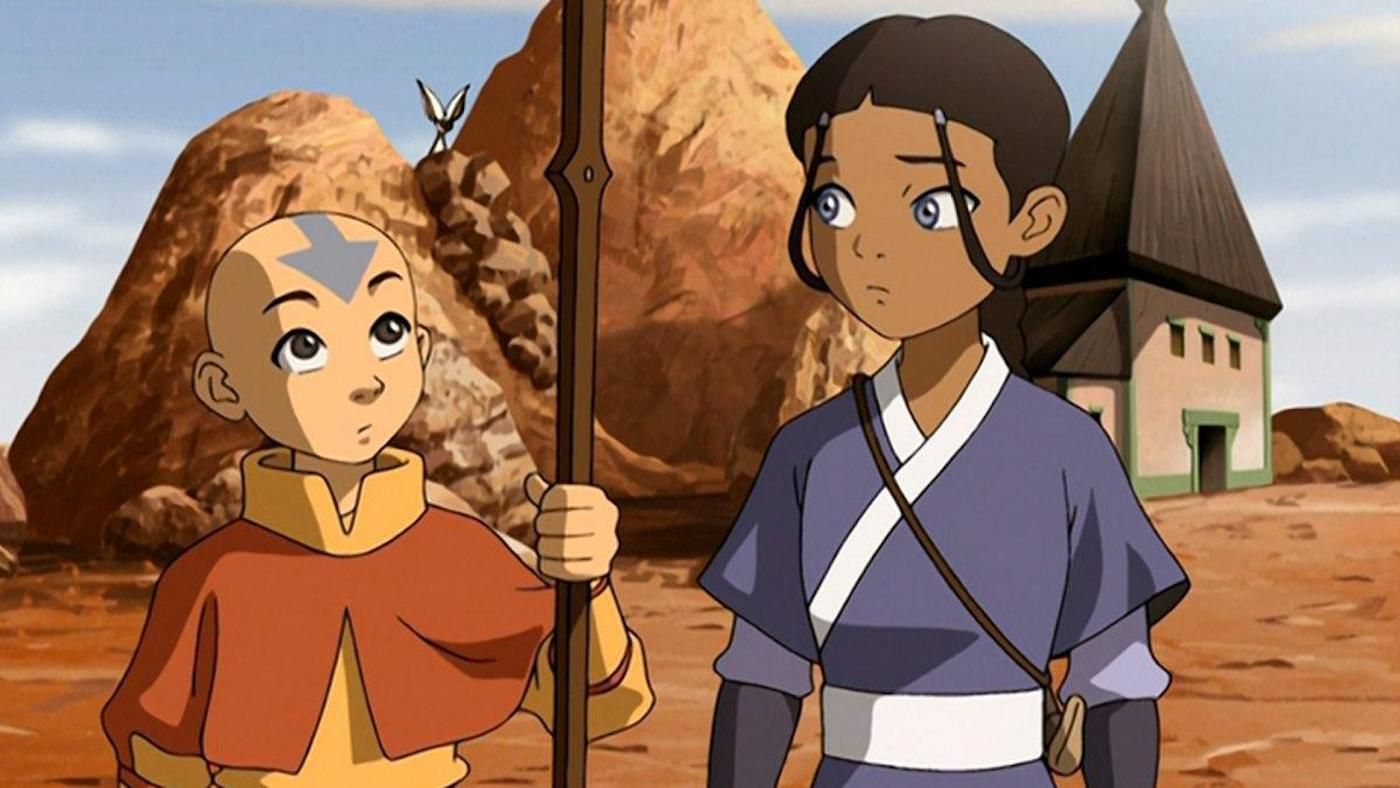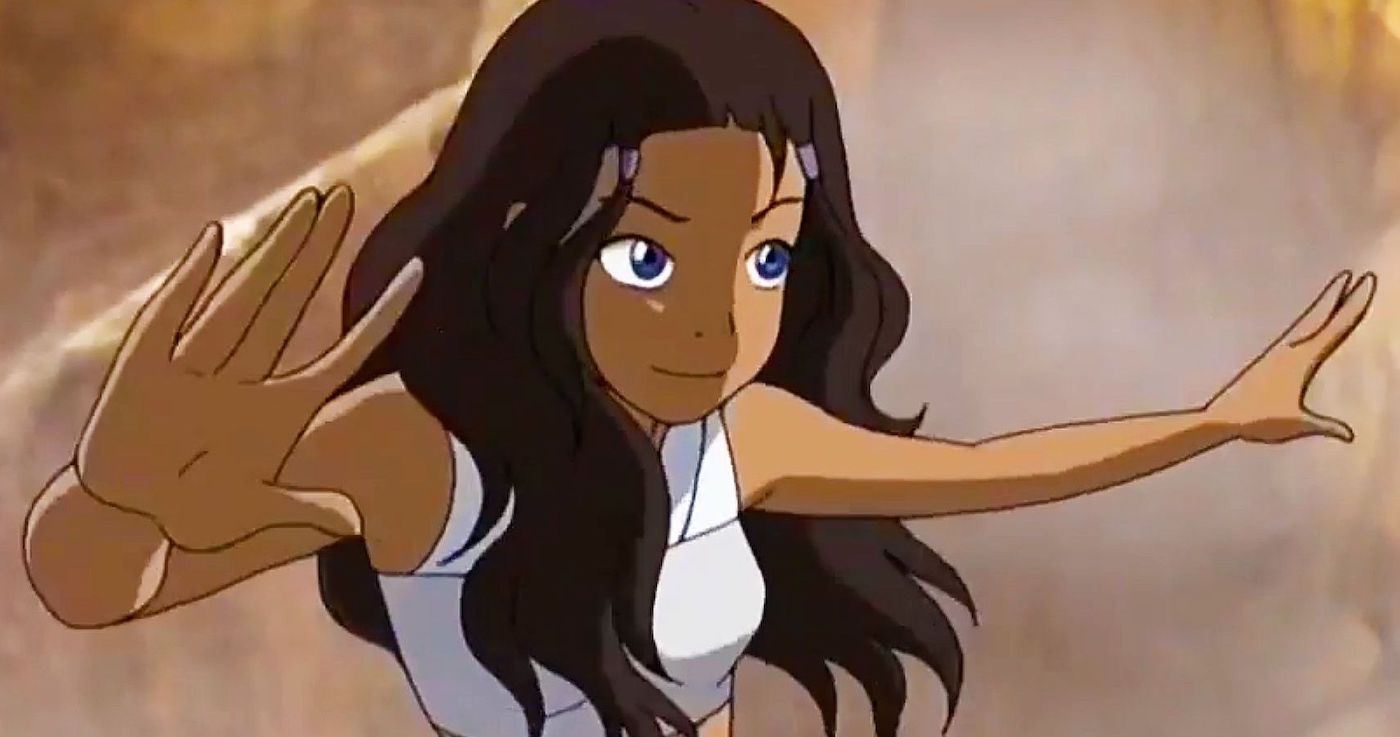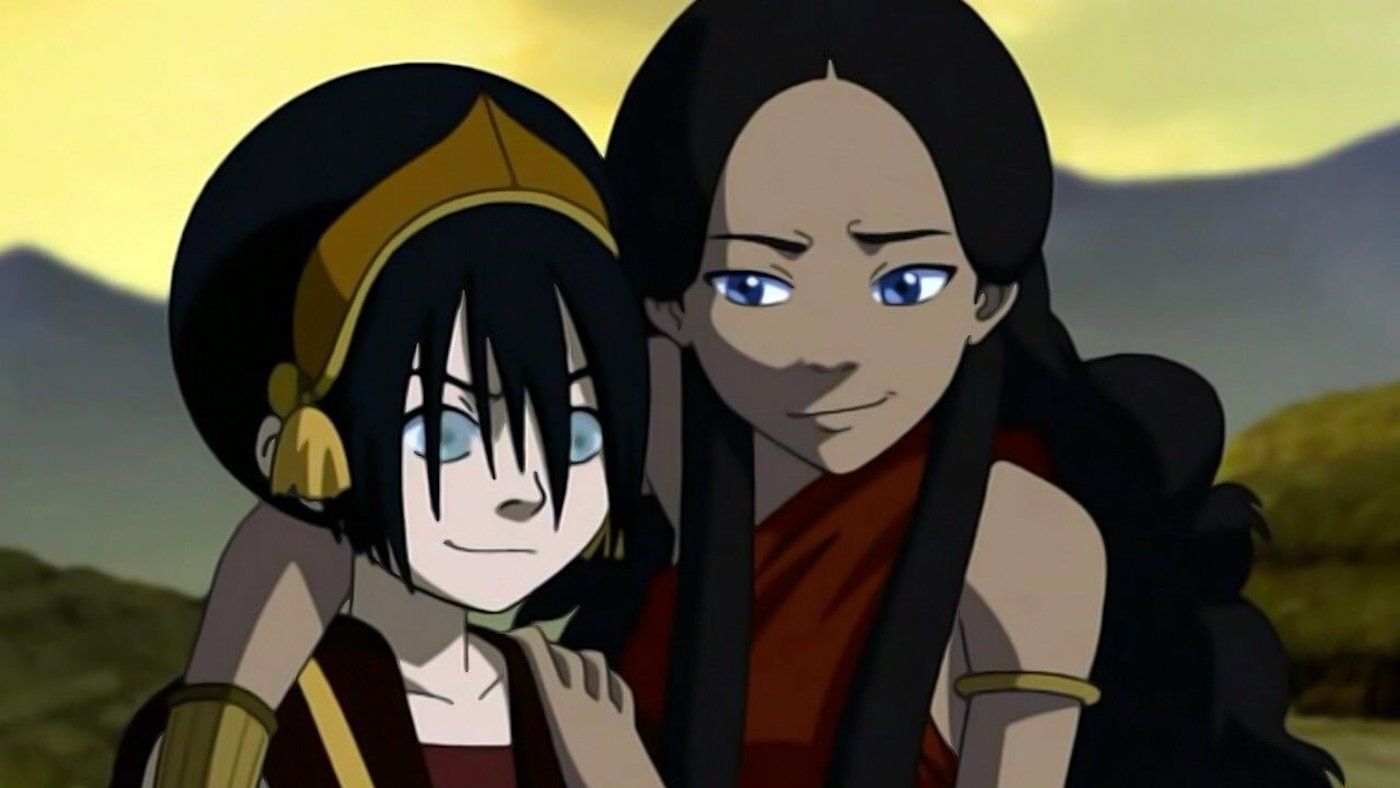As Netflix’s live-action adaptation of the popular Nickelodeon show, Avatar: The Last Airbender, casts more of its characters and moves into production, the hype for Avatar is greater than ever. There are more and more curious cartoon buffs that are looking into the original series and getting hooked on the well-written character arcs, the most popular being those of the protagonist, Aang (Zach Tyler Eisen), and the (sort of) antagonist, Zuko (Dante Basco).
But one of Avatar’s best character arcs is a subtler one than the chosen one journey or a story of redemption. As a side character, Katara (Mae Whitman), illustrates how an uncertain but talented girl can become a self-assured woman, who is confident in herself enough to support those around her. The beginning of Book 1 sees Katara as the only Waterbender left in her tribe. This means that she has nobody to teach her how to become a properly trained Waterbender. Though Katara is talented enough to uncover a subterranean iceberg and break what has been frozen for 100 years, she has no idea how to cultivate her power so that she can use it as she wants.
At its core, Avatar is a story about love, peace, and friendship, all qualities that Katara exemplifies from the very beginning. However, through her newfound relationship with Aang, a healthier relationship with her family, and a newly gained understanding of those whose points of view are different from hers, Katara strengthens these core aspects and becomes an extremely strong and supportive character. When her mother is killed by the Fire Nation, Katara takes on motherly duties in order to cope, which forces her to grow up quickly. The upside to this development in Katara’s life is that she is responsible and caring, as a mother should be. But she is also still just a fourteen-year-old girl trying to fill the void left by an adult. Aang’s appearance in her life reintroduces an element of fun, and it reignites the hope that Katara has always held that, one day, the Avatar would return. Helping Aang on his journey leads Katara through many ups and downs in Book 1, punctuated by her overwhelming need to grow stronger and more capable in her bending. Though this desire, when it strays into obsession, can lead to trouble (in the case of the stolen Waterbending scroll), Katara’s drive to understand and strengthen this part of herself ensures that she never misses a chance to improve.
Unlike the protagonists in many recent women-led stories, such as Disney’s live-action Mulan and the MCU’s Captain Marvel, Katara begins her journey with little strength; this makes her character arc all the more satisfying as she gradually becomes more capable with her Waterbending and asserts herself with confidence in the face of obstacles, like the misogyny of Master Paku and the Northern Water Tribe. Because of her unyielding drive, Katara earns the respect of Paku and becomes his pupil. Katara’s combination of care and determination also makes her the most capable of taking the lead when the team is dealt heavy blows.
In “The Desert”, times are dire when Appa, their flying bison (everybody needs one), is stolen, leaving them stranded. Aang is too upset about Appa to work with the team; their resident Earthbender Toph (Jessie Flower) is unable to use her bending because of the sand; and Sokka (Jack de Sena), the idea guy, is inebriated with cactus juice. Katara recognizes the hopeless situation, rolls up her sleeves, and refuses to give up hope, doing everything in her power to keep up morale and get everyone out of the desert alive. Compared with how Katara acted with uncertainty and emotion-led behavior in Book 1, she has strengthened her maturity and sense of responsibility by Book 2.
Now that Katara is a formidable and mature Waterbender, she moves into the next phase of her character arc: Understanding. Katara’s family is a big part of her journey to understanding, as well as healing old wounds. Though Katara’s relationship with Sokka is never truly in danger (especially compared to the extreme sibling rivalry of Zuko and Azula), their different mindsets often pit them against each other. Katara’s hopeful attitude and self-starter determination are indicative of an optimist, while Sokka is a firm pessimist (or, in his words, a realist). As a non-bender, Sokka also holds a disdain for Katara’s Waterbending at first. But as both siblings learn and grow together, they begin to respect each other enough to let their differing mindsets coexist and even use them as newfound strengths. Whenever Sokka’s paranoia runs rampant, Katara is there to reign him in; whenever Katara’s hope and trust lead them into danger, Sokka is there with his skepticism to get them out.
Katara’s relationship with her father, however, is a true hurdle to overcome: She doesn’t realize that she blames him for leaving to fight in the Hundred Year War until she is reunited with him. While she’s standoffish at first, Katara eventually learns not to bottle up her emotions; she makes sure that everyone can rely on her, but sometimes she needs people that she can rely on too. And now, Katara is not afraid to admit that. She confronts her own confusing and painful feelings about her father’s absence in a direct way, choosing to talk it out instead of letting it fester. Katara’s understanding also extends to those with extremely different worldviews and life experience.
When Team Avatar gains a new member, the headstrong Toph, they clash almost immediately. Because Katara is used to being the motherly figure of the group, she is infuriated by Toph’s lone-wolf attitude. However, through many conversations and small moments with Toph, Katara realizes that Toph has dealt with many “caring” authority figures in her life that talk down to her because of her blindness. Toph doesn’t need help to live her life the way she wants, but Katara lets her know that it’s good to have people around you who want to help should the need arise. The girls begin to see each other not as the stereotypes of the “motherly figure” or as the “blind girl,” but as who they truly are.
Katara’s ability to learn from and understand those who she normally wouldn’t associate with only grows when Zuko is added to the team. As the series antagonist up until halfway through Book 3, Zuko has been chasing Team Avatar from the very start and causing all sorts of pain and chaos, from burning down villages to nearly getting Aang killed in the Book 2 finale. Zuko has since reformed, but Katara is suspicious, especially since her caring nature was thrown back in her face when Zuko betrayed her in Ba Sing Se. But Zuko is relentless in his search for forgiveness and connects with her the only way that has been proven to work in the past: through their shared trauma and the loss of a mother. Zuko helps Katara track down the Fire Nation soldier who killed her mother, giving her the chance to take vengeance.
Though Katara struggles with this decision, in the end, she lets the soldier go. In her own words, she doesn’t know if she was too weak to do it or if she was strong enough not to. Though Katara does not forgive the man who killed her mother, she does understand that Zuko has earned her forgiveness, and she is able to empathize with his struggle to become a better version of himself. By the end of the story, Katara has grown from being weak in her bending, uncertain, and emotionally closed off, to being a powerful Waterbender, confident in her abilities, and able to handle tough emotional struggles in a healthy way. For any young girl watching Avatar: The Last Airbender for the first time (or for girls and women watching for the millionth time), Katara is an inspiring example of a female protagonist who is not afraid to admit areas in which she can grow—and is determined to become the best version of herself that she can be.




